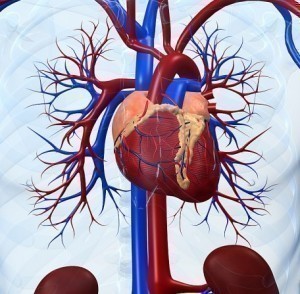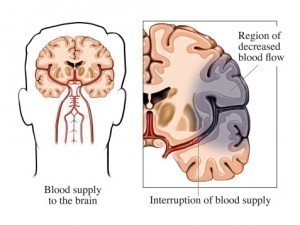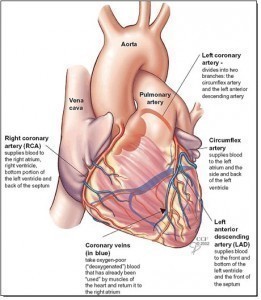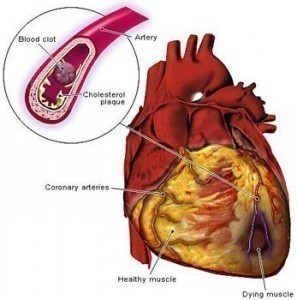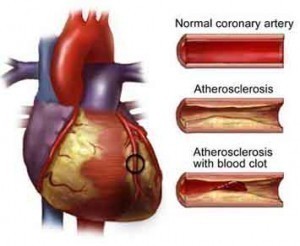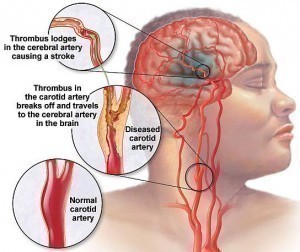What Causes Angina Pectoris?
What is Angina Pectoris
Angina pectoris is a term that describes chest pain caused by myocardial ischemia – a condition in which the amount of oxygen getting to the heart muscle is insufficient. It usually occurs on exertion and is relieved by rest. Angina generally is a symptom of coronary artery disease. In most severe cases, it may occur with minimal effort or at rest.
Causes of angina pectoris
The coronary arteries are small arteries that carry blood to the heart muscle. This blood flow provides the oxygen and nutrients needed by the heart itself so that it can keep pumping. If the heart has to speed up (for example, during exercise or periods of excitement) and cannot get the blood it needs, it will send out a signal in the form of angina. The three major coronary arteries are the: left anterior descending artery, left circumflex artery and right coronary artery.
Most people with angina have blockages in one or more of these arteries and/or their branches.
Coronary artery disease
Also known as coronary heart disease (CHD) or ischemic heart disease (IHD) – affects most people as they age. The coronary arteries become constricted or blocked by atheromas – bulging masses or “plaques” that form within the walls lining the arteries. Atherosclerosis is the term used to describe the gradual buildup and hardening of atheromas within the arterial walls. It is commonly referred to as “hardening of the arteries.”
Coronary artery spasm
A more unusual type of angina is caused by spasm (sudden contraction [squeezing response]) of the smooth muscle within the coronary arteries. This condition is called variant angina pectoris (also known as “Prinzmetal’s angina” or angina inversa).Variant angina pectoris does not occur when the heart has been overworked. Instead, variant angina comes on almost exclusively when a person is at rest or asleep, often between the hours of midnight and 8 a.m. The attacks can be extremely painful. This is not the same as atherosclerosis, although some people have both conditions. This is because the symptoms often come on at rest (or during sleep) and without apparent cause. Cocaine use/abuse can cause significant spasm of the coronary arteries and lead to a heart attack.
Other causes of angina
- Blockage of a coronary artery by a blood clot or by compression from something outside the artery
- Inflammation or infection of the coronary arteries
- Injury to one or more coronary arteries
- Poor functioning of the tiny blood vessels of the heart (microvascular angina)
When a person has underlying atherosclerosis, spasm, or damage to the coronary arteries, angina symptoms usually are set off by one of the following triggers
- Physical exertion or exercise
- Emotional stress
- Exposure to cold
- Decreased oxygen content in the air you breathe (for example flying in an airplane or at high altitudes)
- Using a stimulant such as caffeine or smoking cigarettes (which lowers the amount of oxygen in the blood)

